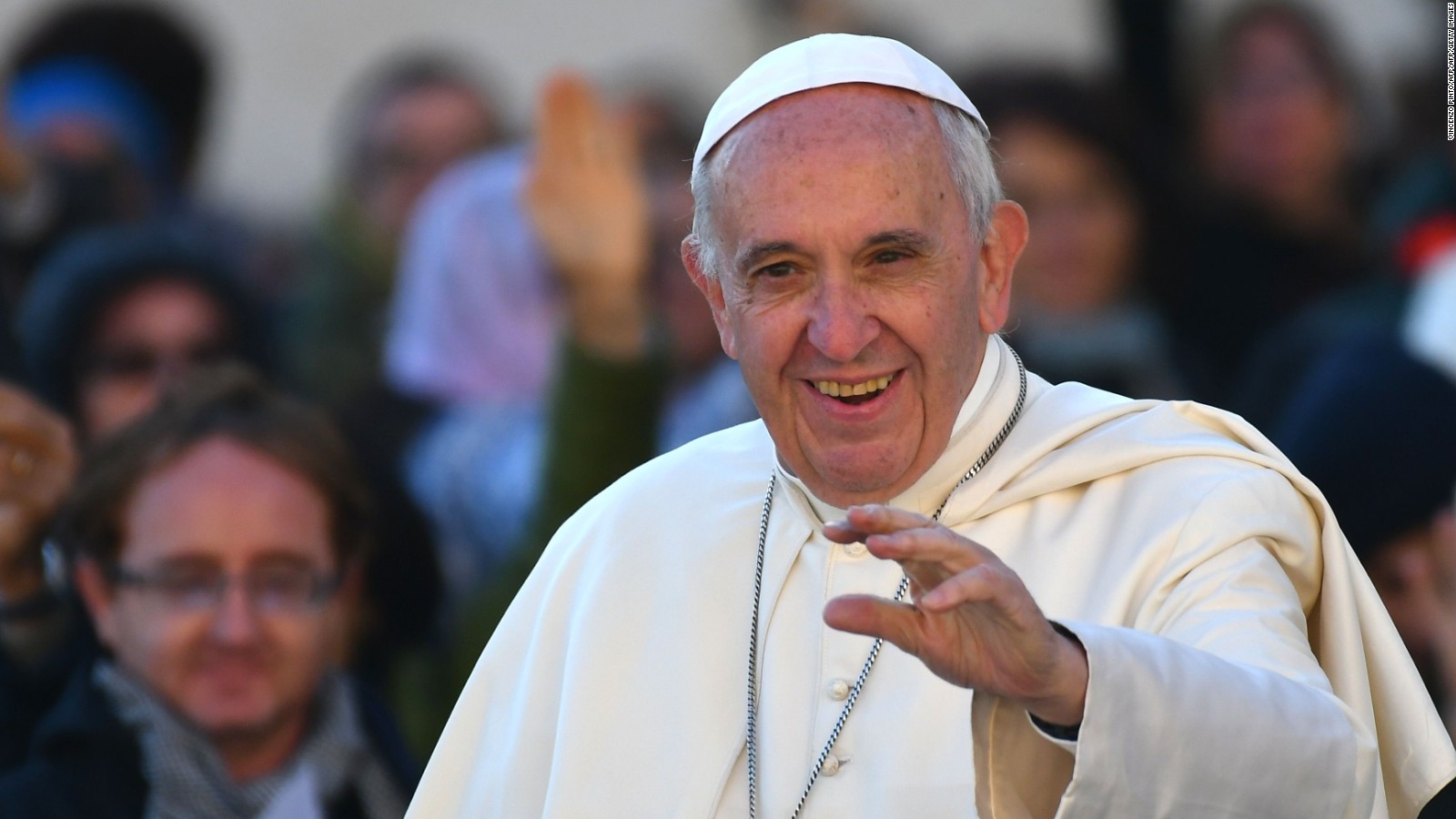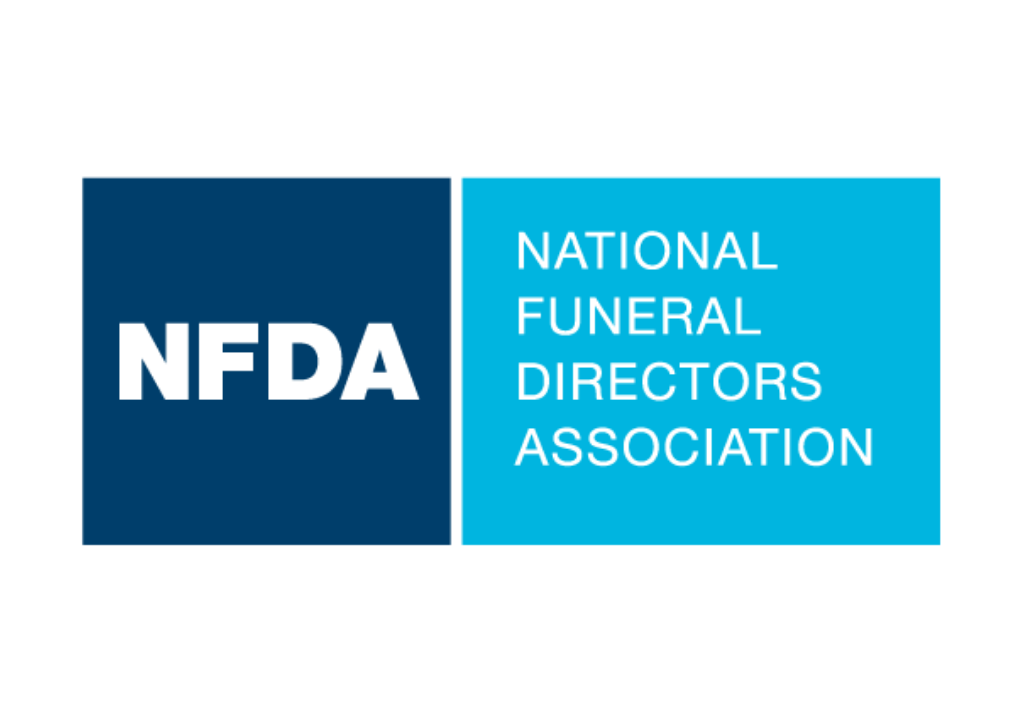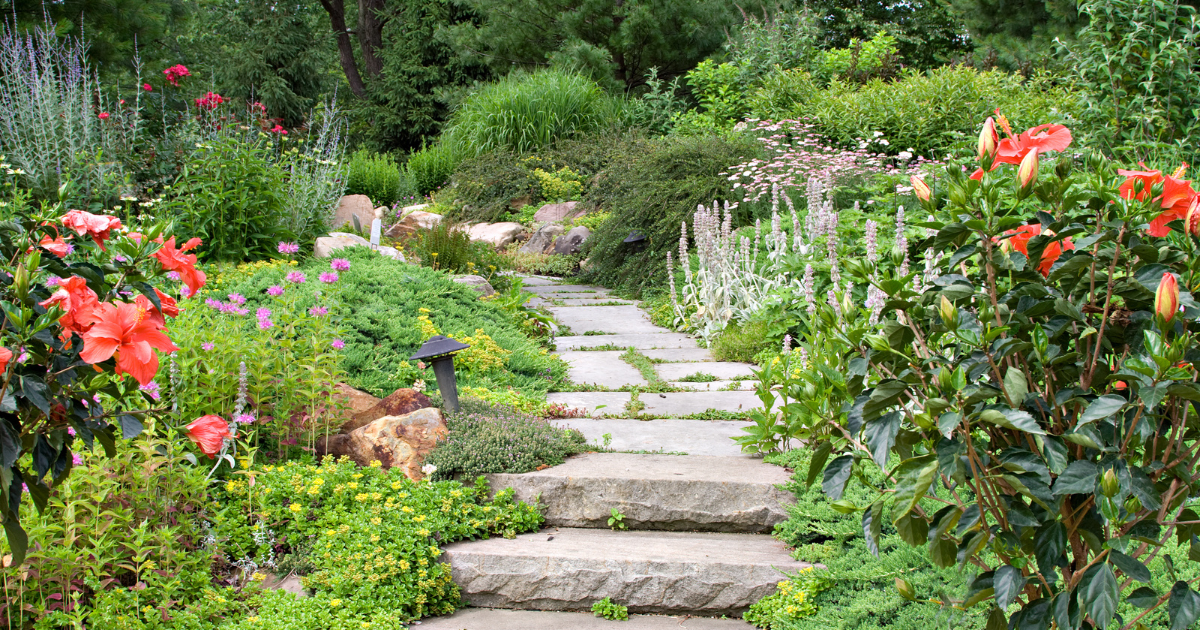Cremation and The Catholic Church: Sacred Acts of Care and Respect
Thanks to Connecting Directors contributing writer Emily Gehman for this insightful report!
In the smash-hit Broadway musical Hamilton, George Washington turns to Alexander Hamilton and says, “Dying is easy, young man. Living is harder.”
But today, both living and dying are getting harder and harder, thanks to COVID-19.
Renato Margini, an 89-year-old living in Brescia, Lombardy in a locked-down Italy, left his home on March 13 by ambulance. Four days later, he died, having never seen any of his family members since he arrived.
“Strict quarantines at hospitals, restrictions on funerals and the sheer number of cases are changing how people die — and how their families can mourn,” reports Alessio Perrone at wired.co.uk.
The pandemic has altered the way people have had to face end-of-life circumstances, whether or not the death is virus-related. Patients are not able to receive care and comfort from their loved ones, nor can their loved ones offer help or say goodbye. It has forced healthcare workers to rethink how they care for the dying.
And it has forced the Catholic Church to rethink how to respect the dying and care for the mourning.
The Burning Question
Traditionally, the Catholic Church has had a long-standing and unwavering view on cremation due to the sacredness of the human body. Until 1963, the Catholic Church did not approve of the practice; to cremate the deceased is to deny the tenets of the Catholic church regarding respect for human remains.
“(Cremation) teaches that the body is disposable,” writes Scott Hahn, author of “Hope to Die: the Christian Meaning of Death and the Resurrection of the Body.” “It teaches that the body is not an integral part of the human person.”
Hahn contends that cremation is in serious conflict with the Catholic Church’s beliefs that teaches that burial is the only way to properly and respectfully honor the dead.
But with the COVID-19 pandemic restricting the gathering of mourners for traditional funeral services, the question of cremation has resurfaced. What of the families who’ve been economically impacted by COVID-19 and cannot afford burial services? What about the fact that without ability to have a timely funeral, or one at all, the preservation and presentation of the body may become a moot point? Some parts of the world have even banned open caskets altogether. Many families are opting for cremation, and crematoriums are being overwhelmed with requests due to these restrictions.
The Current View on Cremation
The Catholic Church allows cremation now, but still recommends the remains be placed in proper rest, such as a mausoleum or columbarium. In 2016, an instruction issued by the Vatican requires cremains to be buried as opposed to scattering, dividing, or keeping them in one’s house. This practice helps provide closure to the family, but also gives the mourners the opportunity to respectfully lay the remains to rest and affirm the dignity of the deceased.
To that end, many Catholic dioceses, like one in Seattle, Washington, offer free interment of cremains. The Catholic Church still prefers burial of the body to cremation, but funeral rites and burial of cremains are acceptable, and it’s a way for clergy to both honor the dead and care for the mourning.
A Sacred Service
Six days after he was admitted to the hospital, the allowed few of Renato Margini’s family members gathered at a crematorium to remember him. It was a short ceremony, hardly long enough to recognize and honor the full life of a husband, father, brother, uncle, grandfather.
The pandemic has crashed one of the most important human life processes: grieving together. But it has forced our hand of resilience, and renewed our dedication to caring for each other in new ways. Sometimes, like the Catholic Church has done, you must choose caring for people over long-established traditions and regulations.
Because caring for the mourning is sacred, too.




